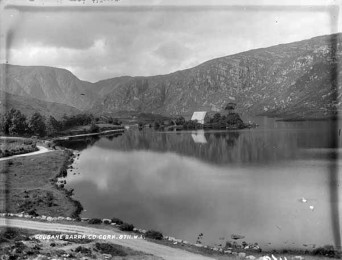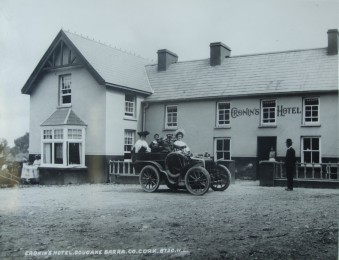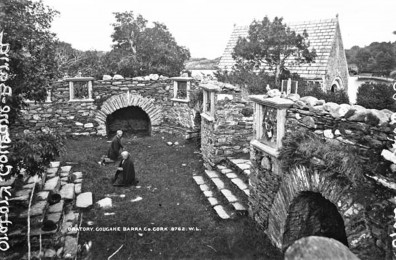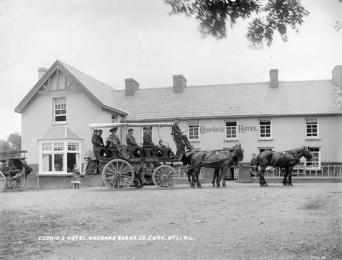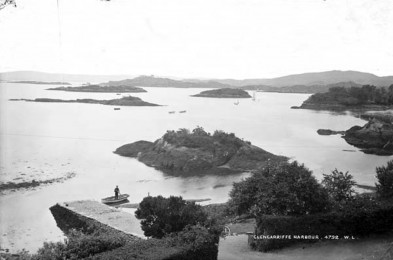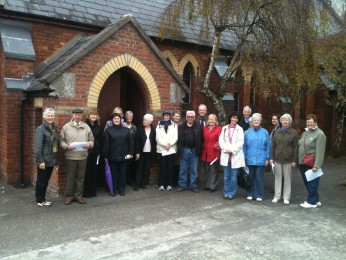At the outset I would to thank Damien O’Mahony for his work. His work has been excellent in starting a swot analysis on the way forward for tourism in the city.
I think this document opens up alot of rich ideas, which ultimately will involve an enormous investment of money and effort.
I was in Berlin during August; it’s a city with 3.5 million with 15 million tourists each year.
They have produced a book on how to do tourism plus in it they raise a number of interesting queries…on aspects of what tourists are looking for, their movement, their consumerism traits…
Certainly the question of how much do we want to push this is an important question, which arises in that book as well.
Tourism is good for investing tourists but also good to raise questions on how the city feels and looks.
Being one of the guides for some of the tours to the city during the summer, many of the tourists I led around the city commented on the colour and freshness of the city and its landscapes. But many of these tours were whistlestop tours where more often than not they were one hour tours where the emphasis was not on the city but on the locations outside the city like Midleton distillery and its souvenir shop. I brought many of the groups into the city hall space as much as possible and adapted the tour so that the modern element of the city, was also discussed and Cork’s role in the economic development of the region.
Cork has many traits of uniqueness that are unique to Cork and should be promoted as much as possible. The essence of Cork, the promotion of its culture and history needs to stay a central focus. People come here because they want to see here, not traits of another city.
Cork-Kerry Clash:
I think there is a need to start thinking about Cork breaking away from the Cork-Kerry segment. I remain questioning about magazines like Discover Ireland that mentions Cork City and Dingle within a small space of text.
I think it’s time that Cork took the idea of it being of Ireland’s regional gateway centres and build a regional tourism package around it, with Cork City at its heart instead of us building one around Kerry. There is enough tourism in west, north, south and east Cork to centre Cork City as a central focus in the south of Ireland. I think that should become a role of CASP.
Community Engagement:
On the tourism centres planned for Elizabeth Fort and the former craft centre in Shandon they should also build and connect to local communities and build community engagement projects such as that that Cork Community Art link have adapted through the Dragon of Shandon or education strategies such as the Lifetime Lab.
Certainly there is room for educational projects on aspects of Cork’s local history and music. Both could tie in nicely with the former craft centre and Elizabeth Fort.
Signs and Legibility:
On the signs and legibility, I welcome the research part – even though there is a large part of me is saying we should adopt UK methodologies for signage but get maybe our local art schools to design the new signs.
We should build our own ideas and make Cork’s interpretative signage different and unique to us and not to the UK. When people come to Cork, they come for our culture and not London’s culture. Perhaps a competition amongst our Crawford College of Art students and graduates would make for an interesting discussion.
Tourism Plan:
I think a tourism plan is highly important. I also believe that such is the importance of this regional project that it does deserve its own functional committee. I think going forward the five/ six items that are in discussion in this report are worthy of just more than a tag-on on a recreational and amenity strategic policy group.
Items like a bid for Cork to become a UNESCO site of music deserve a proper committee structure. And certainly, the 24 festivals or so that we have on the city need to be critiqued and improved if needs be. We as a City at a national level really need to pull our socks up and get out there more on the national tourism field.
But we have started that process and that I am excited about it.

